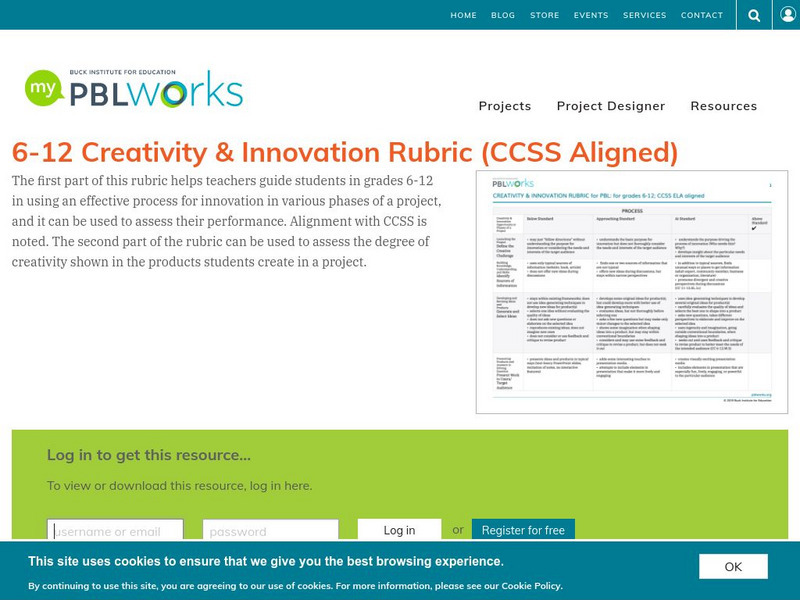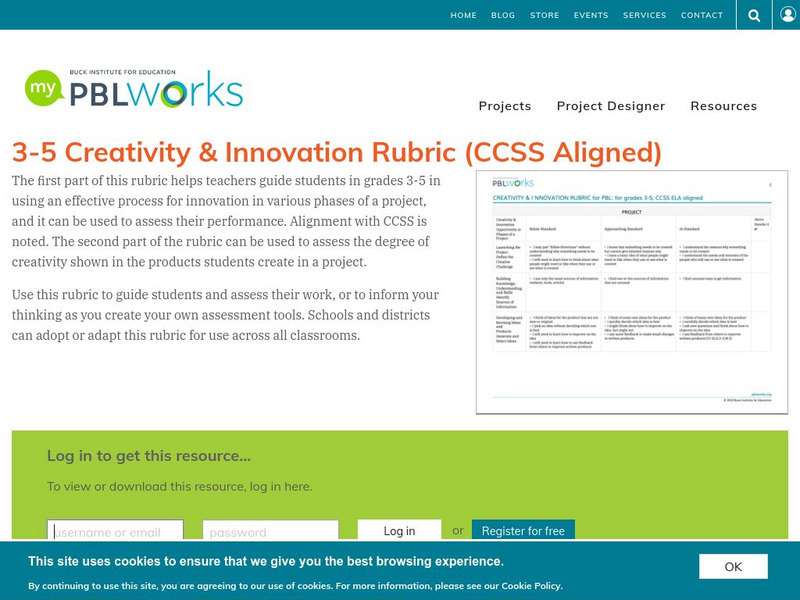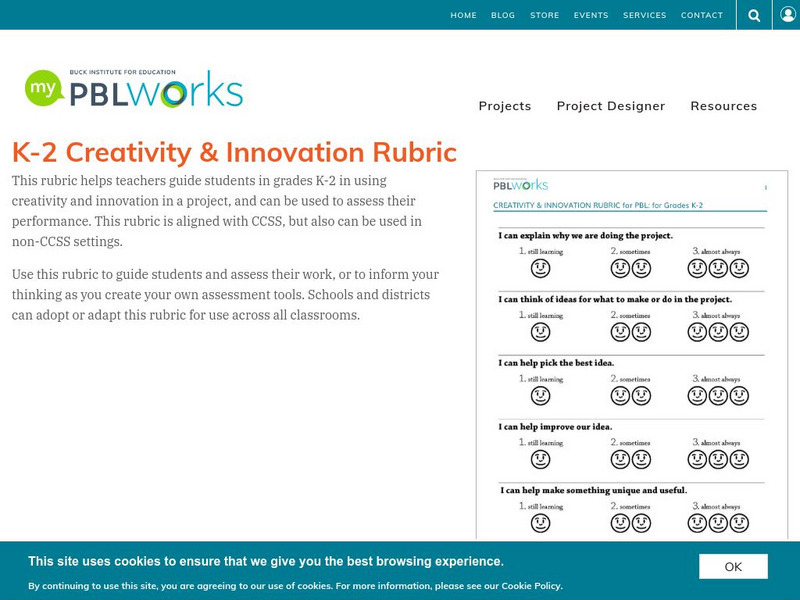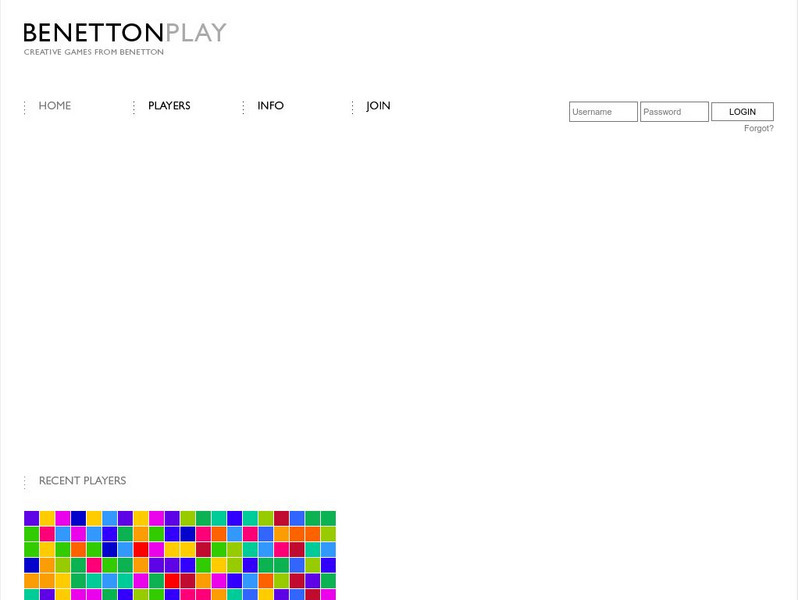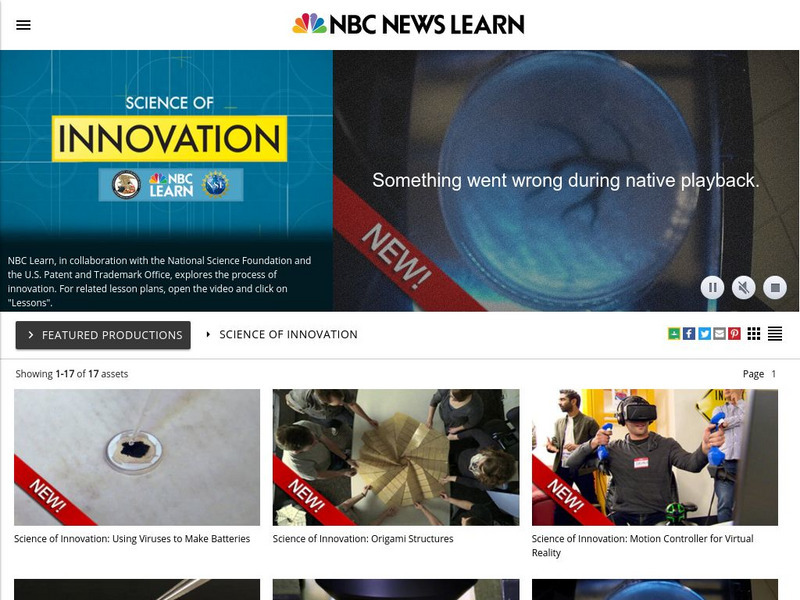Goshen College
Eleven Classroom Creativity Killers
Something for every art educator to read and consider. Bartel outlines 9 things that most teachers do in the classroom that potentially kill their student's creativity.
Buck Institute
Pbl Works: Creativity & Innovation Rubric (Non Ccss)
[Free Registration/Login Required] The first part of this rubric helps teachers guide students in grades 6-12 in using an effective process for innovation in various phases of a project, and it can be used to assess their performance....
Buck Institute
Pbl Works: Creativity & Innovation Rubric (Ccss Aligned)
[Free Registration/Login Required] The first part of this rubric helps teachers guide students in grades 6-12 in using an effective process for innovation in various phases of a project, and it can be used to assess their performance....
Buck Institute
Pbl Works: Creativity & Innovation Rubric (Ccss Aligned)
[Free Registration/Login Required] The first part of this rubric helps teachers guide students in grades 3-5 in using an effective process for innovation in various phases of a project, and it can be used to assess their performance....
Buck Institute
Pbl Works: Creativity & Innovation Rubric
[Free Registration/Login Required] This rubric helps teachers guide students in grades K-2 in using creativity and innovation in a project, and can be used to assess their performance. This rubric is aligned with CCSS, but also can be...
Other
Bbc: Think Draw: Picture Creation
A creative picture creation tool to create animals, avatars and faces. Register requires an email address, but is free for all users.
Other
Agricultural Marketing Resource Center: Creativity Tools
Explore these "creativity" tools in order to create a productive and manageable solution within your setting.
Other
The Second Principle: On Creativity: On Creativity an Introduction & Index
This is a very informative page on the creative process, written by an educator. There are links to books, creative thinking patterns, brainstorming activities, and how to inspire creativity, to name a few.
Other
Benetton: Benettonplay!
Suite of games and animation tools where players can design, draw, and play a variety of multimedia games. Flipbook is great for creating frame-by-frame animations that tell stories or simply explode with color. Other games, Odd One Out,...
Mind Tools
Mind Tools: Reverse Brainstorming: A Different Approach to Brainstorming
Reverse brainstorming is a creative way to explore critical thinking strategies. Learn how it works and read applicable examples to build a creative mind.
NBC
Nbc Learn: Innovation
Included here are 11 videos and lesson plans exploring the process of scientific innovation. Simply click on the video and a detailed lesson/s are integrated.
PBS
Pbs Nova: Man of Ideas
An ant specialist? Yes! Meet naturalist E.O. Wilson who specialized in the study of ants and who presented some controversial ideas. Learn more by watching the included video, and by visiting the main site.
TED Talks
Ted: Ted Ed: Ideas Worth Spreading
Need a moment of inspiration? Need a new idea? Riveting videos for riveting individuals.
Smithsonian Institution
Lemelson Center: Invention at Play
In this mind challenging and creative site, you will learn how play and inventiveness are related. Hear inventors' stories, set your own inventive thinking in motion, and see video commentaries about the nature of play and whether or not...
Buck Institute
Buck Institute for Education: 3 5 Creativity Innovation Rubric (Non Ccss)
[Free Registration/Login Required] The first part of this rubric helps teachers guide students in grades 3-5 in using an effective process for innovation in various phases of a project, and it can be used to assess their performance....
PBS
Pbs Teachers: Goldburger to Go
Apply principles of physics as you add parts to an unfinished Rube Goldberg design in this interactive game. Examine clues and make adjustments to complete a food delivery machine.
Other
Lego Foundation: The Role of Play in Children's Development
This article reviews research that has been conducted in relation to the five types of play, namely physical play, play with objects, symbolic/semiotic play, pretend play, and games with rules.
Other
Medium: Why Every Kindergarten and First Grade School Day Should Begin With...
This article was written to validate and be a voice for like-minded educators and families who want their children to have more time during the school day for inquiry and imaginative play. This article includes a list of articles, blogs,...
Other
Texas Child Care Quarterly: Promoting Imagination in Preschool Classrooms
Imagination is one of the most important ingredients of a creative mind. Because imagination is at its peak in early childhood, educators can continually cultivate it among preschoolers. By allowing children to experiment with life...
Alabama Learning Exchange
Alex: Party Time!: Planning a Kid's Birthday Party
In this lesson, groups of students will plan a kid's birthday party by creating an online invitation, baking and decorating a cake, and decorating the room.
Edutopia
Edutopia: How to Put Self Directed Learning to Work in Your Classroom
Self-directed learning is a natural pathway to deep understanding and efficacy. This article discusses the benefits of self-directed learning, the components necessary for this type of learning, and how to implement it in your school.
Other
Branksome Hall Asia: Design and Inquiry: Stakeholders in Invention and Innovation
Collaborative generation of knowledge and high efficiency information flow allow for diversity, increased resilience, reliability and stability within an organization. Through participatory research, stakeholders can make full use of the...
Other
Peter Kang: Reflecting on the 11 Laws of the Fifth Discipline by Peter Senge
The author discusses how he and his partner have applied the laws of systems thinking outlined by Peter Senge over the 13 years since they started their digital agency business. He describes the things that worked and those that didn't....
Other
Aventis Learning Group: Systems Thinking: The What, Why, When and How
Systems thinking is a holistic approach to analysis that focuses on the way that a system's constituent parts interrelate and how systems work over time and within the context of larger systems. It is particularly useful in addressing...




